Waist Match the Body Movement Trailer
Presenter: Chen Zhonghua Length: 71 min. In: English Year: 2020 Difficulty:3/5 At:Edmonton Chen Zhonghua Taiji Academy
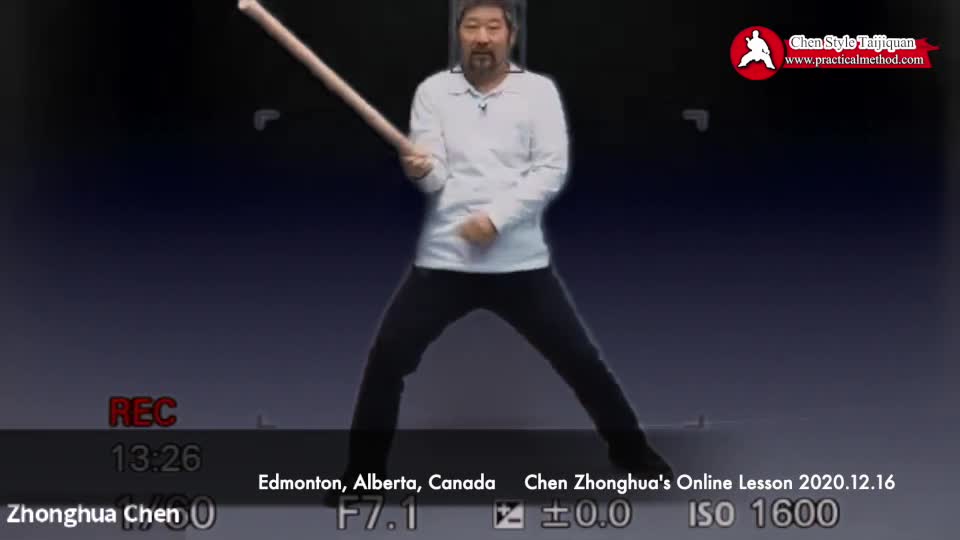
by Shopmaster on 2020/12/16
Waist Match the Body Movement Trailer
Presenter: Chen Zhonghua Length: 71 min. In: English Year: 2020 Difficulty:3/5 At:Edmonton Chen Zhonghua Taiji Academy

by Shopmaster on 2020/12/15
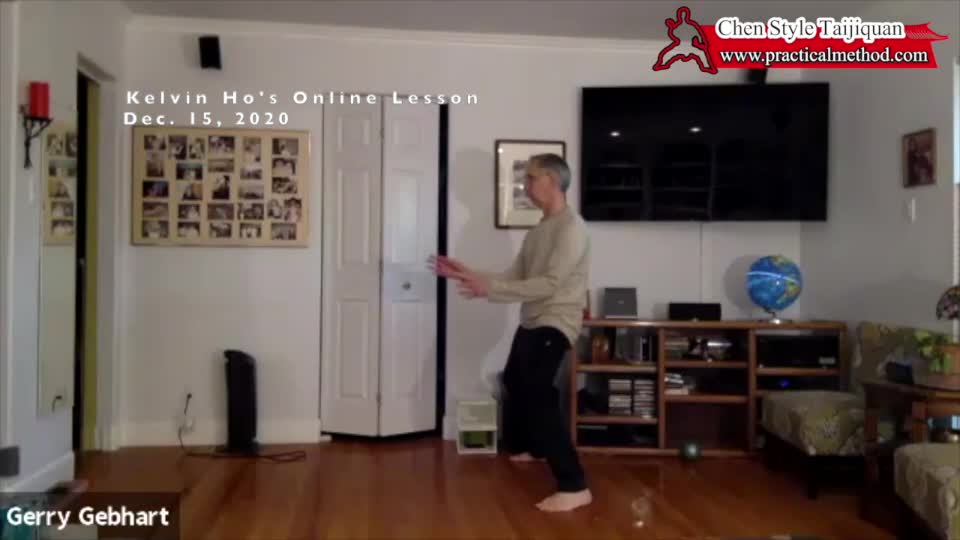
Presenter: Kelvin Ho Length: 74 min. In: English Year: 2020 Difficulty:1/5 At:Toronto
by Yuxin Liu on 2020/12/14
– Movements need to be deep enough to make sure every body parts are stretched out. To feel the bottom. Fingers touching the wall and body sinks to find the solid. Read more
by Edward Liaw on 2020/12/14
by Shopmaster on 2020/12/14
Presenter: Chen Zhonghua Length: 62 min. In: English Year: 2020 Difficulty:1/5 At:Edmonton Chen Zhonghua Taiji Academy 加拿大埃德蒙顿陈中华太极馆
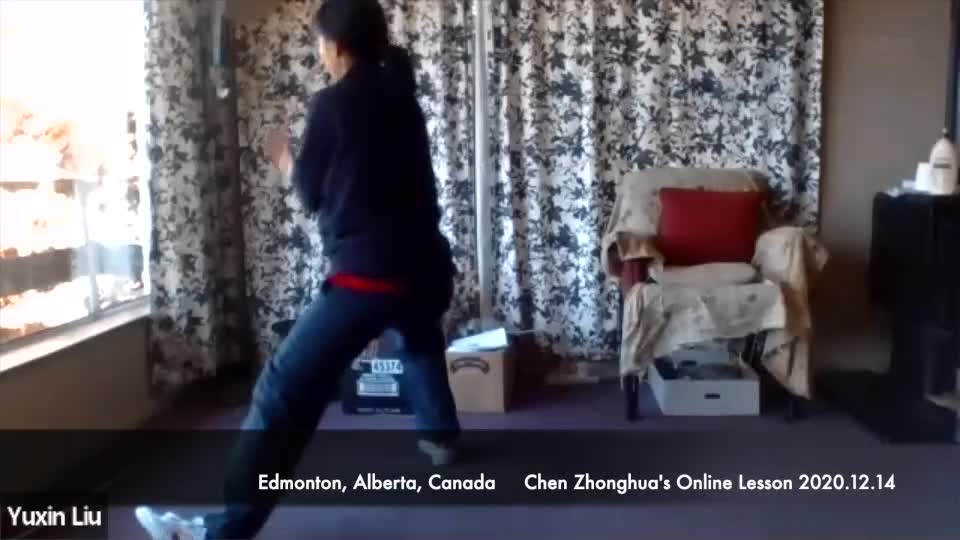
by Shopmaster on 2020/12/10
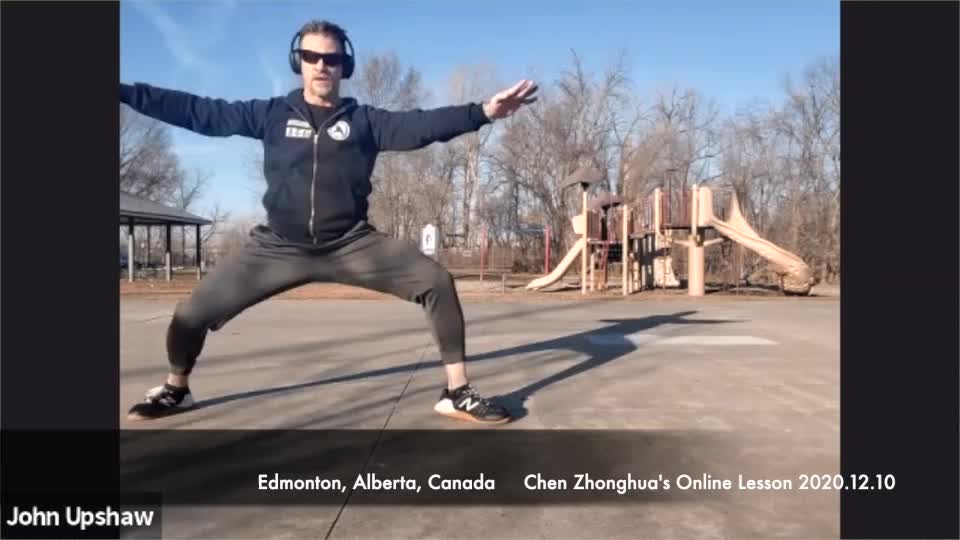
Presenter: Chen Zhonghua Length: 58 min. In: English Year: 2020 Difficulty:3/5 At:Edmonmton Chen Zhonghua Taiji Academy 加拿大埃德蒙顿陈中华太极馆
by Yuxin Liu on 2020/12/09
by Shopmaster on 2020/12/09
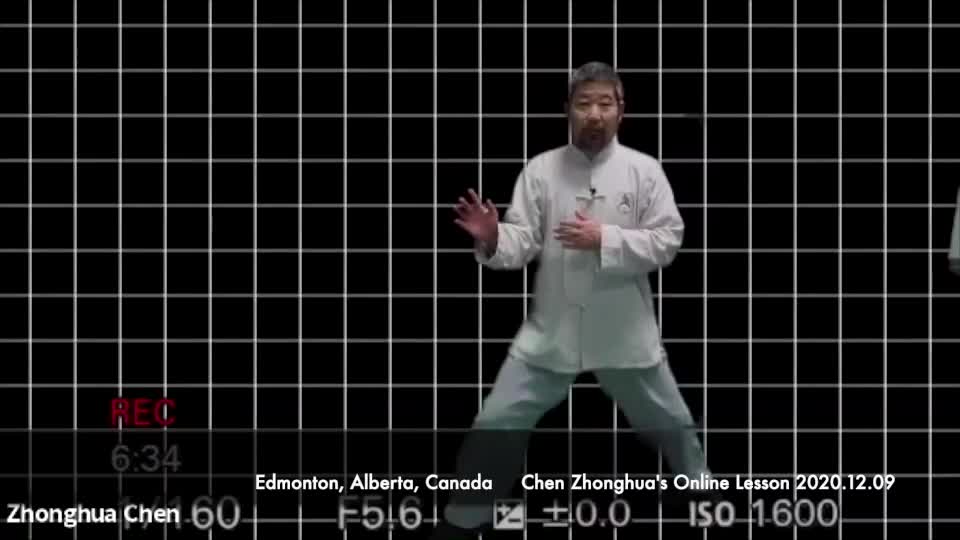
Presenter: Chen Zhonghua Length: 72 min. In: English Year: 2020 Difficulty:3/5 At:Edmonmton Chen Zhonghua Taiji Academy 加拿大埃德蒙顿陈中华太极馆
by Yuxin Liu on 2020/12/08
by Shopmaster on 2020/12/08
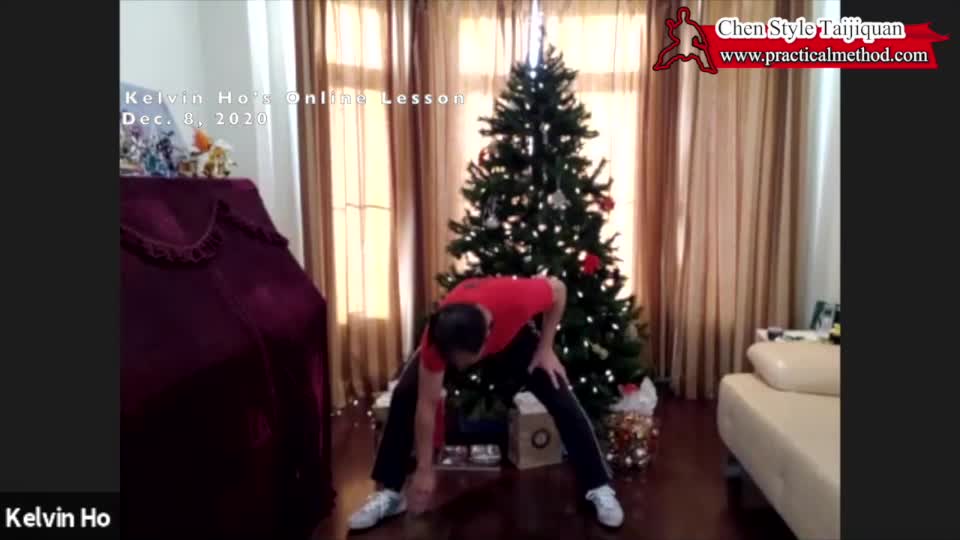
Presenter: Kelvin Ho Length: 63 min. In: English Year: 2020 Difficulty:1/5 At:Toronto
Open the knee
A student asks about how to open the knee. Master Chen Zhonghua said the idea of opening was very simple. However being to able to do it requires many other simple things to be put together. There are so many that we are unable to do them, and we simply give up. Read more
by Shopmaster on 2020/12/03
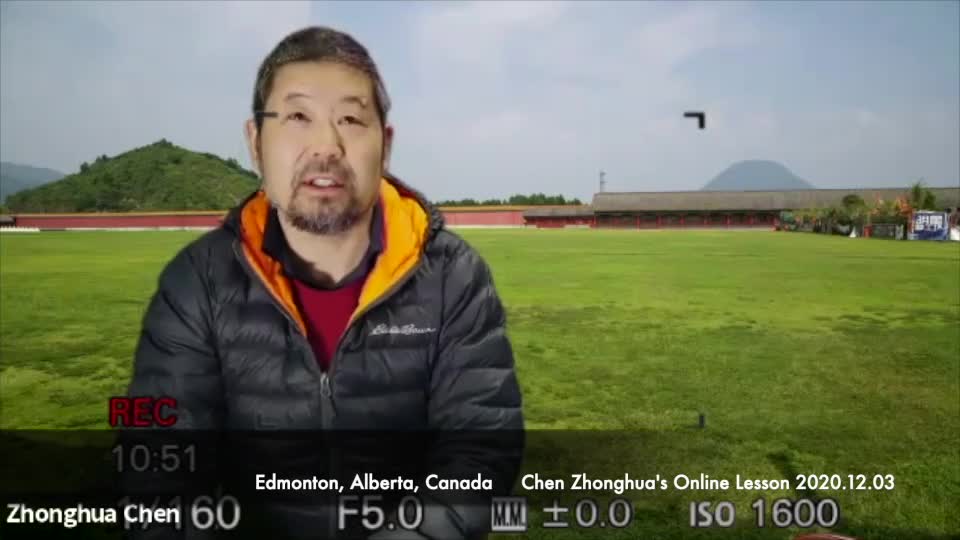
A few corrections and a bit of theory on Practical Method.
Presenter: Chen Zhonghua Length: 75 min. In: English Year: 2020 Difficulty:1/5 At:Edmonton Chen Zhonghua Taiji Academy
by Yuxin Liu on 2020/12/02
– Punch to the Ground. Before Chen Fake time, it was called 栽捶(zai chui), means plant the hammer. It was changed to hit/punch later on.
– Kick with the Heels. There are three lines. The vertical line from the head to the standing heel. The line between two hands. And the line from the two kuas to the kicking heel. All three lines need to be fully stretched out, where there is a pause and it is a fixed posture. If you cannot fully stretch, at least make a stop. For older people it is more important to train the balance and stability. Read more
by Shopmaster on 2020/12/02

Presenter: Chen Zhonghua Length: 74 min. In: English Year: 2020 Difficulty:3/5 At:Edmonton Chen Zhonghua Taiji Academy
by Edward Liaw on 2020/12/01
by Yuxin Liu on 2020/12/01
– Once you learn the choreography, your ability is highly dependent on the rhythm.
– Whenever you are doing a true rotation, there is no backward moves. It is like you are pushing a wheel barrel 45 degree up the hill. Every time you stop, you have to put a wedge to jam the wheel. So you can keep going. Whenever you let go or go back, you will roll down the hill. Example is Cloud Hands. You advance, jam and then advance and jam. We use the elbow to jam so the hand is free to do the next move.
My understanding is the jam is the anchor, every move there is an anchoring point. Elbow and kua are used to anchor. In this way you can keep coiling and never lose the power. It is like you have an anti-reversing lock. https://www.shiyongquanfa.cn/archives/118607
Read more
by Shopmaster on 2020/12/01
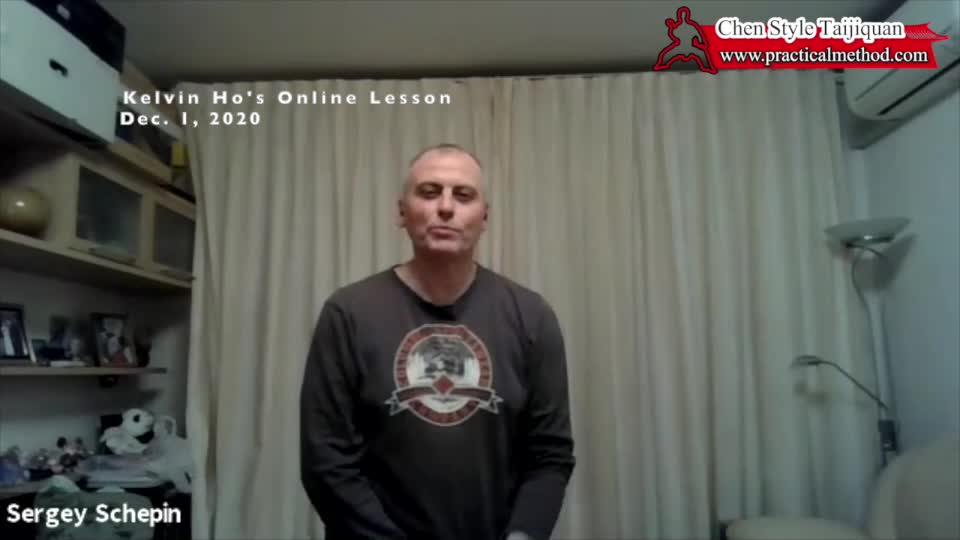
Presenter: Kelvin Ho Length: 54 min. In: English Year: 2020 Difficulty:1/5 At:Toronto Chen Zhonghua Academy
by Kelvin Ho on 2020/11/26
What is the seam (缝 feng)?
by Yuxin Liu on 2020/11/26
– Positive Circle.
There are three sections. In each section, the lead needs to be clear. 1. In with elbow. Once the arm is in position, it does not move anymore. 2. Turn with the kua/waist. Only rotate the shoulder-kua line, do not move the arm on its own. Shoulder need stay in position without any displacement, no popping, no swaying sideways. 3. Out with hand. The power is on the back foot/kua. The kicking of the back foot into the ground propels the rest part of the body to go forward. Get onto your tippy toes to push, there will be a stretch through the inner thigh. The torso opens up. Read more
by Shopmaster on 2020/11/26

Presenter: Chen Zhonghua Length: 60 min. In: English Year: 2020 Difficulty:3/5 At:Edmonton Chen Zhonghua Taiji Academy
by Kelvin Ho on 2020/11/25
No lifting – Don’t carry weight in your hand when moving.
When the hand is moving, it is inefficient.
Turn every push into a pull
by Raymond Dickey on 2020/11/25
Positive circle – must stretch from rear side. Must open the inside. Has to be from crotch and back leg.
Feet look like tip-toe, but actually power is going down. This is the strongest.
3-part circle: 3 body parts: arm, torso (rotate from kua), foot (kua to rear foot)
The movement comes from 3 different sections – the opponent cannot catch or stop you. Read more
by Carlotta Viviani on 2020/11/25
Through the years, in Practical Method I‘ve heard the word power associated, as different aspects of the same power, to words like: Structure, length, space, accuracy, rhythm.
The Lesson today was about Rhythm or Sequence of movements: there are very few people who cannot remember the choreography. But we all are at different levels of managing the rhythm. When your movement are totally disconnected, you will be very efficient in applications and push hands Read more
by Shopmaster on 2020/11/25
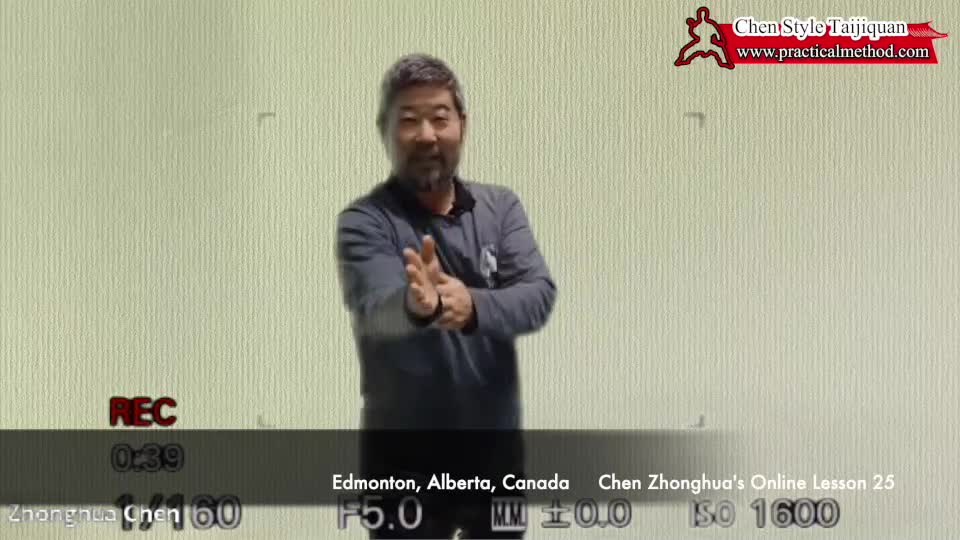
Yilu corrections.
Presenter: Chen Zhonghua Length: 74 min. In: English Year: 2020 Difficulty:1/5 At:Edmonton Chen Zhonghua Taiji Academy
by Kelvin Ho on 2020/11/24
We need modify our bahaviour to cause a real change.
In-with-elbow must cause out-with-hand. Withdraw is to issue.
Read more
by Yuxin Liu on 2020/11/24
– Front trick and rear trick.
When you have movement, you have no power. Fight without movements. Arms are placed in position and locked. The waist causes horizontal movements and the knees cause up and down movements. Power from the waist and the feet.
The middle does not move, so the arms are powered by (react with) the back foot kicking into the ground. Same as the power points of White Crane Spreads Its Wings. Read more
by Shopmaster on 2020/11/24
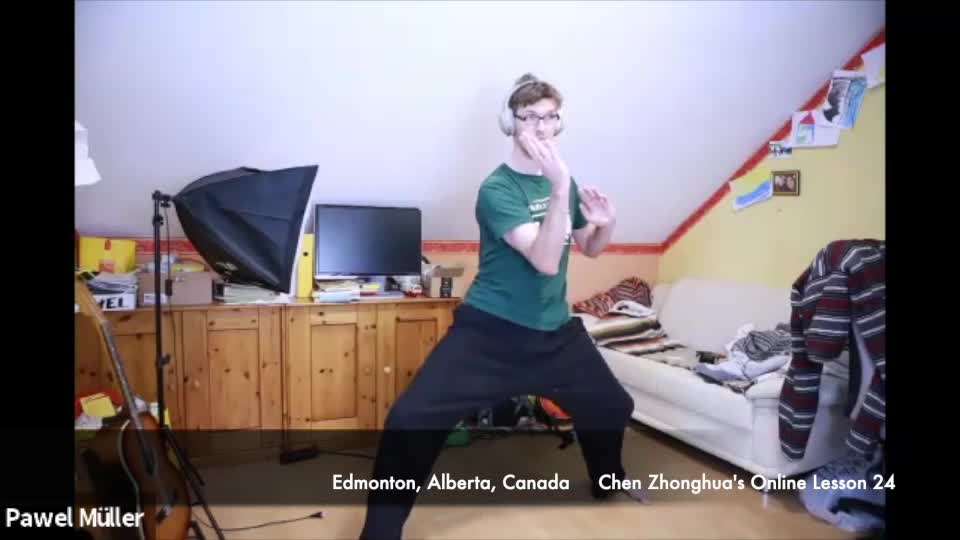
Presenter: Chen Zhonghua Length: 65 min. In: English Year: 2020 Difficulty:4/5 At:Edmonton Chen Zhonghua Taiji Academy
by Pawel Mueller on 2020/11/23
Rhythm
Shifu: You need to get the rhythm/counting of the form.
After you learn it, then it becomes music. But this cannot be thought. Everyone „hears“ his/her own music. And this is only after a long time of learning the correct rhythm. Read more
by Shopmaster on 2020/11/23
Presenter: Chen Zhonghua Length: 62 min. In: English Year: 2020 Difficulty:1/5 At:Edmonton Chen Zhonghua Taiji Academy
Read moreby Carlotta Viviani on 2020/11/22
John Upshaw
by Yuxin Liu on 2020/11/19
– Clarity. At the beginning we learn the moves like following a printed instructional book. So we only learn the fixed posture, and the transition does not matter. This is called to trace the movements. No flow and as big as possible. Each move we pause like someone is taking a picture of your posture. Through years of practice the flow comes, without losing the frame.
by Shopmaster on 2020/11/19
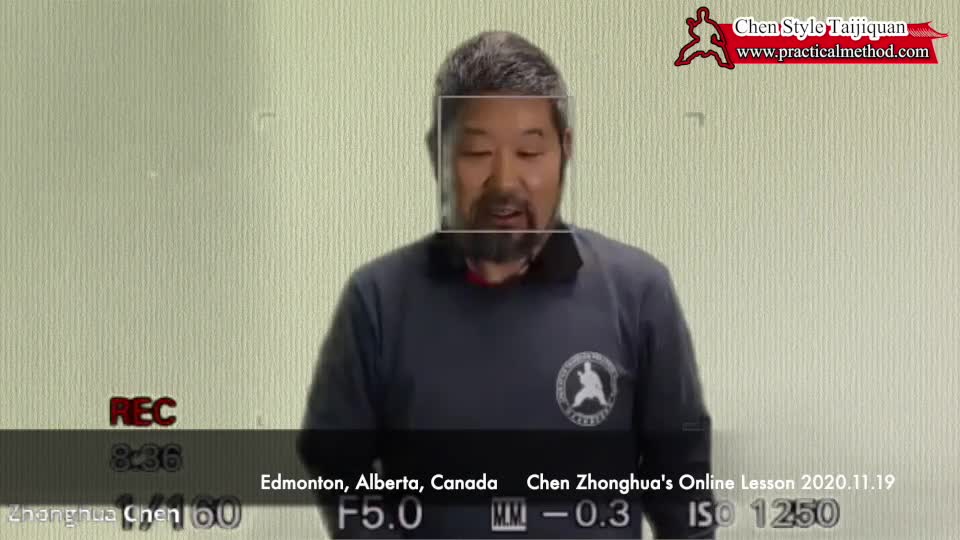
Presenter: Chen Zhonghua Length: 51 min. In: English Year: 2020 Difficulty:3/5 At:Edmonton Chen Zhonghua Taiji Academy
by Shopmaster on 2020/11/18
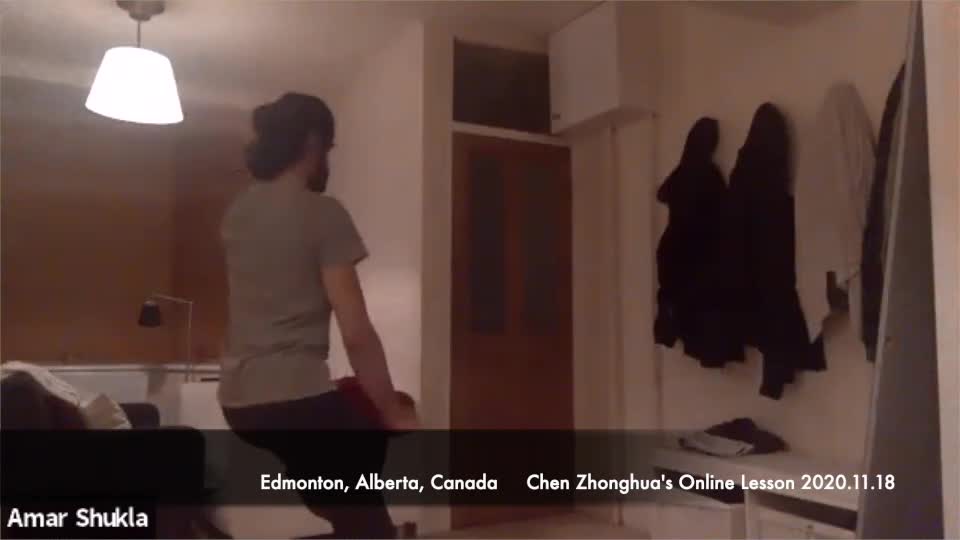
Presenter: Chen Zhonghua Length: 60 min. In: English Year: 2020 Difficulty:2/5 At:Edmonton Chen Zhonghua Taiji Academy
by Carlotta Viviani on 2020/11/17
Today several students received partial Yilu corrections. Form corrections are always foundational.
Jacek Wolochowski
by Yuxin Liu on 2020/11/17
– First Cloud Hands. 1.Three counts. Follow the steps and procedure. 2. First count, in with elbow need to be very clear. 3. On the second count, open the front kua and turn with the waist. Do it big. 3. On the second count, lock the kua and two knees, only rotate. 4. On the third count, only back kua folds, pivoting on the front kua. 5. Open the front kua – Lock the front kua – Squeeze the back kua to the front kua. Master Chen used first form Pound the Mortar as example to explain how the front kua locked can create power. The sixth move, center of chest is locked, only step up from the kua.
by Brian Chung on 2020/11/16
